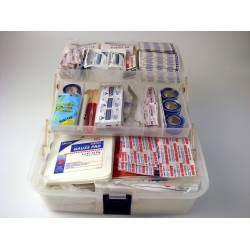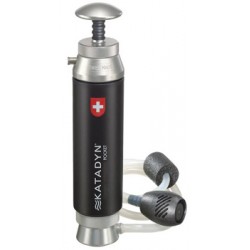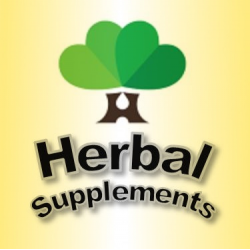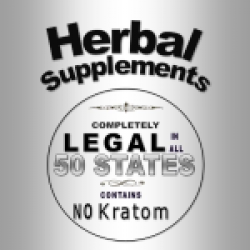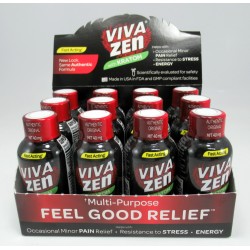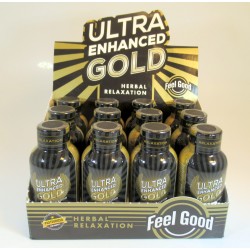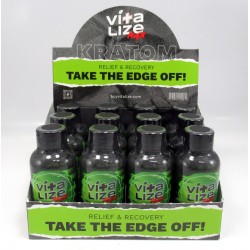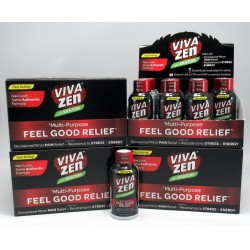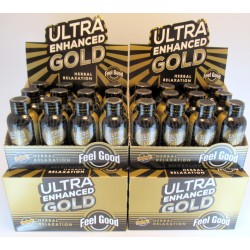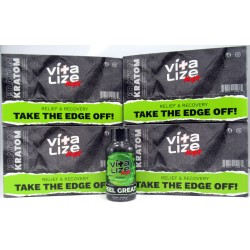JBG Kratom Strain Guide 101
JBG Kratom Strain Guide 101
Curious about strains, their origins, and what will work best for you?
We make it really easy for you. Let's journey through the different strains, their effects and origins, and how to use Kratom effectively. One scoop at a time!
For experienced Kratom connoisseurs, scroll to the bottom to see our full break down strain by strain.
KRATOM BACKGROUND AND ORIGINS
Kratom (Mitragyna Speciosa) is found deep in the forests of Southeast Asia.
Natives to the region quickly realized, by chewing on the Kratom leaves, they got a boost of energy and some discomfort relief.
These natives began utilizing Kratom in their every day lives - making tea, powder and drying the leaves to maximize the benefits.
Back then, these Southeast Asia natives had no clue how amazing Kratom was, or how useful it would be in the future.
Fast forward to present day, now Kratom is a 15 Billion dollar industry and growing faster than CBD.
So, with modern technology and agricultural developments, what should we use Kratom for going forward? How can we learn from these ancestral natives and benefit from this wonderful plant?
Kratom is in the family tree of coffee. Like coffee, Kratom is known for providing focus and energy.
Coffee, as you know, is typically brewed from the beans. This is where the caffeine and other benefits come from. Kratom on the other hand, is brewed from the leaves.
By drying and curing the Kratom leaves, alkaloid content is increased. Alkaloids are the active ingredients in Kratom. Each alkaloid has specific properties, with Mitragynine being the most coveted.
Mitragynine has stimulating and energizing effects. Once Kratom leaves have been processed, the natural Mitragynine content is between .7%-1.7%.
This wide range of potential Mitragynine content is why so many online Kratom brands have strains that don't quite get the job done.
The other factor in quality of Kratom is the strength of secondary alkaloids. Kratom that is grown in poor soil, limited sunlight, or is not watered appropriately, will have limited alkaloids as well, not just a low Mitragynine percentage.
Depending on how the Kratom is dried, cured and blended will change the alkaloid profile. This is why different Kratom strains cause different effects.
Below, we will walk you through the three naturally found Kratom veins and the popular blends made from each.
GREEN VEIN KRATOM
Green vein Kratom is the most popular color vein of Kratom.
Once a crop of Kratom leaves reach their full term, they change to a deep green color.
This process occurs as chlorophyll fills the leaves at full maturity, to provide maximum photosynthesis to feed the Kratom tree. Kratom trees are at full maturity when the chlorophyll reaches it's peak, making it easy for farmers to maximize the alkaloid content in green vein Kratom. Consistently, experienced Kratom connoisseurs say that green vein Kratom provides the most balance.
The effects of green vein Kratom usually have a balance of both red and white vein Kratom. The balance between the two is an incredible experience.
WHITE VEIN KRATOM
White vein Kratom is the most energizing color vein of Kratom.
The younger the leaves on a Kratom tree, the smaller they are. Since they have not reached full maturity, these leaves also have a lighter hue of green.
Because of this lighter hue, the Kratom community has described this vein as white vein Kratom. Based on their time to mature, these leaves have a different alkaloid profile, and are heavier in the energy alkaloids. Most Kratom consumers describe the effects of white vein Kratom similar to a cup of coffee, without the crash.
During the curing process for this color vein, farmers will limit the leaves exposure to light, ensuring less UV reaches the leaves. This prevents more chlorophyll from entering the plant and less oxidation from occurring, keeping leaves a white-green color.
RED VEIN KRATOM
Red vein Kratom is usually the most relaxing Kratom color vein.
After Kratom leaves reach their max chlorophyll levels and are a deep shade of green, they begin to turn a red hue. This is when Kratom trees have reached their complete maturation.
These leaves are specially found in areas with the most direct sunlight, encouraging more oxidation and color change. The color change from green to red indicates they are ripe for harvesting. Red hues and pigmentation can also be drawn out during the curing process, by drying the leaves in a UV saturated environment.
Red pigmentation protects the Mitragynine content by shedding UV rays naturally, this is why the Kratom leaves organically turn red. The majority of Kratom users agree that red vein Kratom may provide relaxing qualities and comfort.
GOLD VEIN KRATOM
Gold Vein, or Yellow Vein Kratom provides an interesting blend of green and red vein Kratom effects.
The only natural colors found on a Kratom tree are Green, Red and White. Yellow Vein Kratom is never found throughout the harvesting cycle for Mitragyna Speciosa trees.
This yellow hue in the powder, hence the name “Gold Vein” is caused by the farmers after leaves are harvested. Just like tea goes through a drying and fermenting process, Kratom leaves are treated similarly after they are harvested. During this process, some batches turn more of a yellow hue, or gold hue, which is how they earned their name. Gold and Yellow vein Kratom are essentially the same. The other way to create a gold vein is by blending a red and white vein batch, causing the yellow hue.
The drying process with yellow vein naturally enhances 7-hydroxymitragynine, creating a very specific alkaloid profile that consumers love. This is why many Kratom users describe the effects of yellow veins as relaxing and sleep inducing.
WHAT DOES EACH STRAIN DO?
We have broken down each color for you. How about the strains? How will each one potentially effect you? What can you expect?
Let's dive in!
Kratom Effects Chart
Bali Gold Kratom

Gold Maeng Da Kratom

Green Bali Kratom

Green Indo Kratom

Green Thai Kratom

Green Borneo Kratom

Green Maeng Da Kratom

Green Malay Kratom

Red Indo Kratom
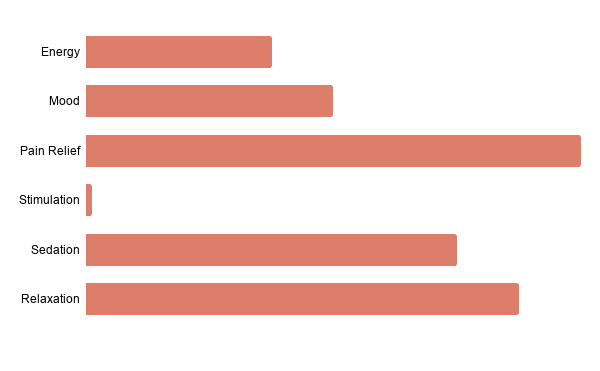
Red Bali Kratom
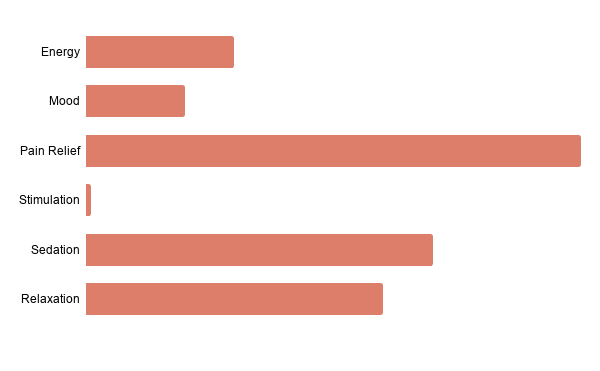
Red Thai Kratom
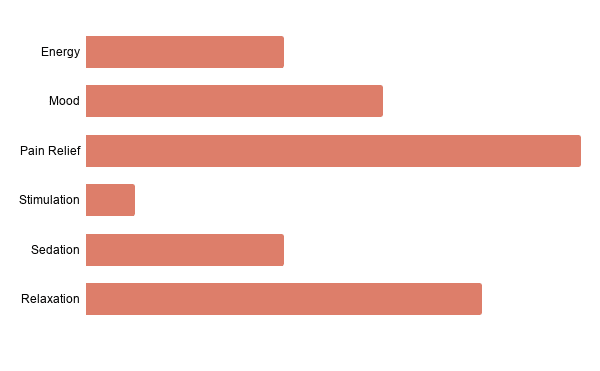
Red Ketapang Kratom
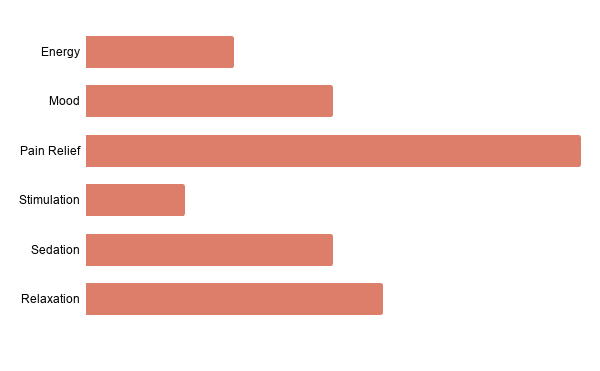
Red Maeng Da Kratom
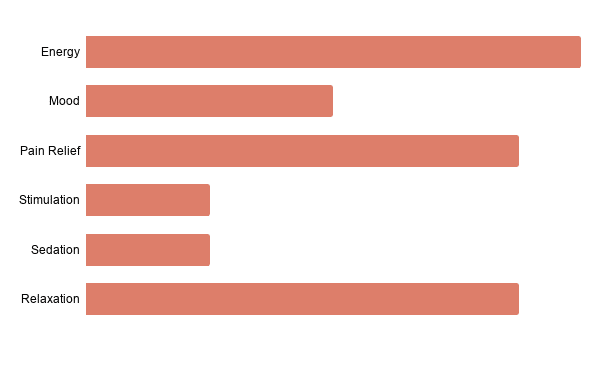
White Indo Kratom

White Maeng Da Kratom

Summary and Conclusion
Understanding the different strains of Kratom is crucial for users seeking specific effects and experiences. Red, green, white, and yellow vein strains offer a range of benefits, while blended and rare strains provide unique variations. It is essential to choose reputable vendors when buying Kratom online to ensure authenticity, quality, and customer satisfaction. Responsible usage, proper dosage, and awareness of potential risks are important factors to consider. By staying informed and making educated choices, users can maximize the potential benefits of Kratom while minimizing potential risks.




